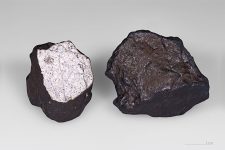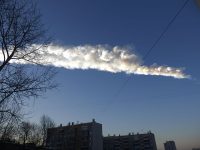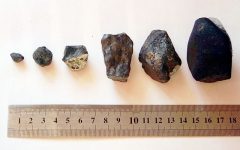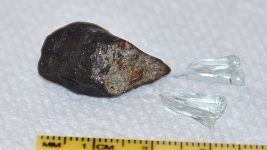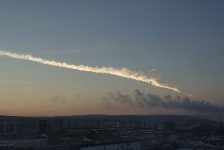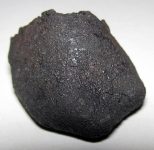Chelyabinsk
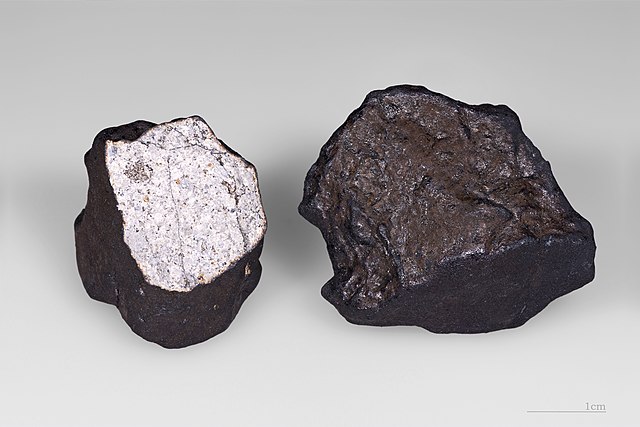
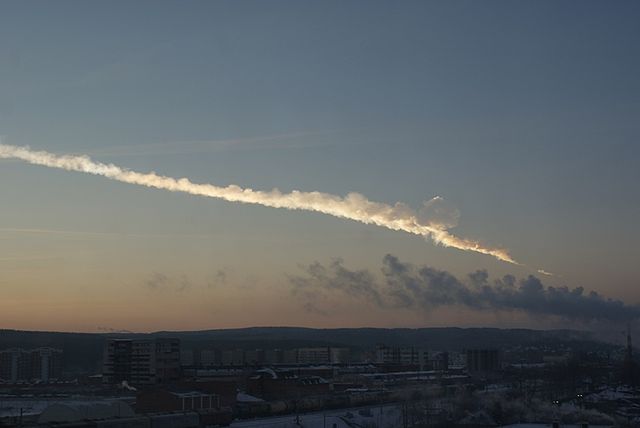
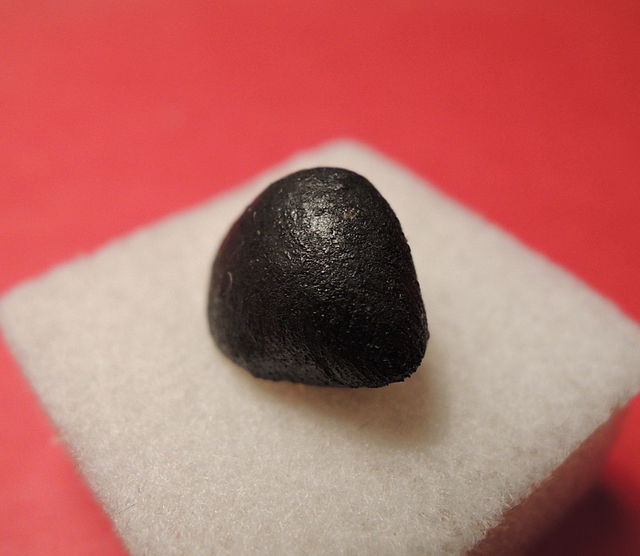
Chelyabinsk
The Chelyabinsk meteor event refers to the spectacular atmospheric entry and subsequent explosion of a meteoroid over the Russian city of Chelyabinsk on February 15, 2013. This event garnered significant attention worldwide due to its dramatic effects, including a powerful airburst, widespread damage, and numerous injuries. The Chelyabinsk meteor event serves as a poignant reminder of the potential hazards posed by near-Earth objects and has spurred increased efforts in planetary defense and asteroid impact mitigation.
Meteoroid and Atmospheric Entry
The Chelyabinsk meteoroid was a superbolide—a very bright meteor—that entered Earth’s atmosphere with tremendous speed and energy.
Size and Composition
The meteoroid that caused the Chelyabinsk event was estimated to be about 20 meters in diameter and weighed approximately 13,000 metric tons. It was composed primarily of silicate minerals and nickel-iron alloys, typical of asteroidal bodies.
Entry into Earth’s Atmosphere
The meteoroid entered the Earth’s atmosphere at a high velocity of approximately 19 kilometers per second (about 42,500 miles per hour). As it descended through the atmosphere, it experienced significant atmospheric drag, which caused it to decelerate rapidly and heat up due to compression and friction with the air.
Superbolide Event
The Chelyabinsk meteoroid underwent a superbolide event, characterized by its extremely bright light emission and explosive airburst. The energy released during the event was equivalent to approximately 440-500 kilotons of TNT, making it one of the most powerful meteor events in recorded history.
Atmospheric Explosion and Shockwave
The atmospheric explosion of the Chelyabinsk meteoroid resulted in a powerful shockwave that caused widespread damage and injuries in the region.
Airburst and Explosion
At an altitude of about 29.7 kilometers (18.5 miles), the meteoroid exploded due to the rapid heating and pressure buildup caused by atmospheric compression. The explosion released a massive amount of energy, generating a bright flash and producing a shockwave that propagated outward in all directions.
Shockwave Effects
The shockwave from the Chelyabinsk meteor event caused extensive damage to buildings and infrastructure in the city and surrounding areas. Windows shattered, walls were damaged, and numerous injuries were reported due to flying glass and debris. The shockwave also created a powerful sonic boom that was heard and felt over a wide area.
Impact and Consequences
The Chelyabinsk meteor event had significant consequences for the region and prompted widespread scientific and public interest in asteroid impact hazards.
Damage and Injuries
The explosion and shockwave from the meteor event caused damage to over 7,000 buildings in Chelyabinsk and the surrounding towns. Approximately 1,500 people sought medical attention for injuries, mostly due to broken glass from shattered windows.
Social and Economic Impact
The social and economic impact of the Chelyabinsk event included disruptions to daily life, temporary closures of schools and businesses, and the mobilization of emergency response teams to assist those affected. The estimated cost of the damage was in the tens of millions of dollars.
Scientific Study and Analysis
The Chelyabinsk meteor event provided scientists with a wealth of data and insights into asteroid impacts and atmospheric entry phenomena.
Fragment Recovery
Following the event, scientists conducted extensive searches and recovered numerous meteorite fragments from the impact area. These fragments, collectively known as Chelyabinsk meteorites, provided valuable specimens for laboratory analysis and study.
Atmospheric Dynamics
The atmospheric entry of the Chelyabinsk meteoroid yielded detailed information about the dynamics of superbolide events, including heating, fragmentation, and airburst phenomena. Observational data from eyewitnesses, security cameras, and scientific instruments helped to reconstruct the meteoroid’s trajectory and behavior.
Planetary Defense Awareness
The Chelyabinsk event heightened awareness of the potential hazards posed by near-Earth objects (NEOs) and underscored the importance of planetary defense efforts. It prompted increased international collaboration in asteroid detection, tracking, and mitigation strategies to protect Earth from future impacts.
